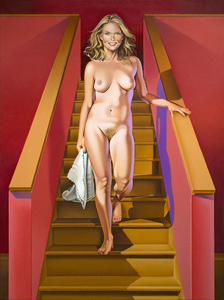トム・ヴェッセルマン (1931-2004)
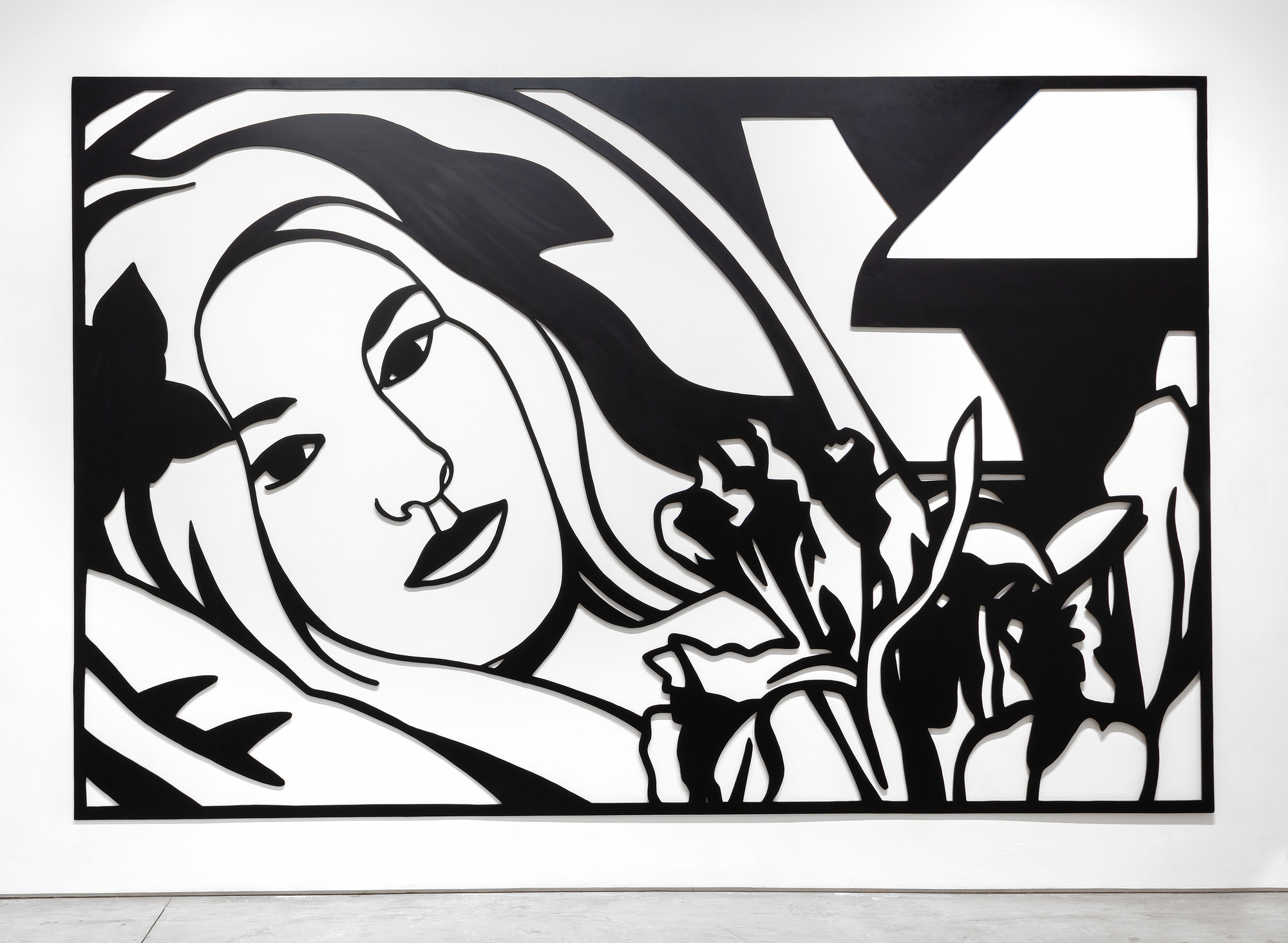
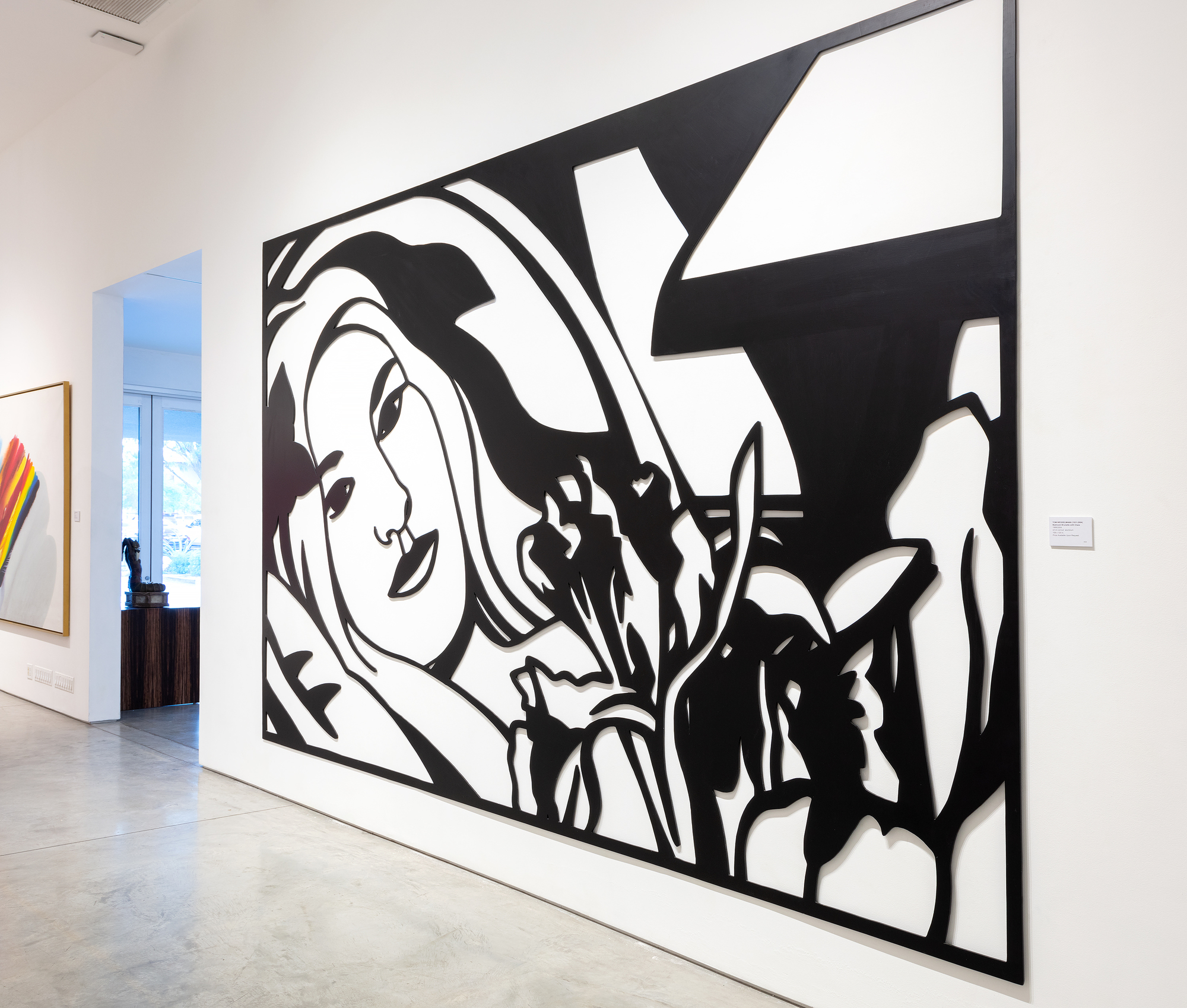
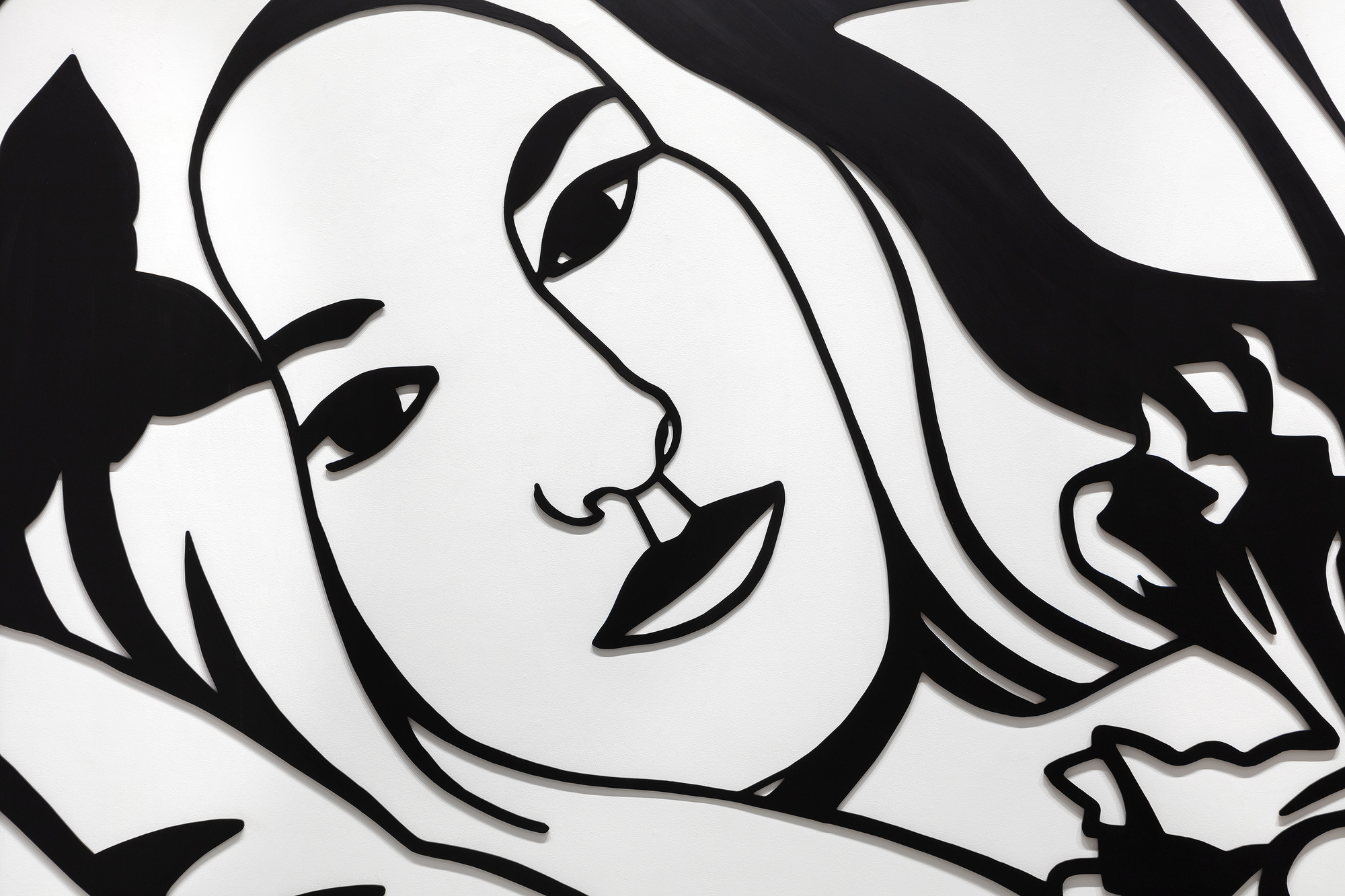
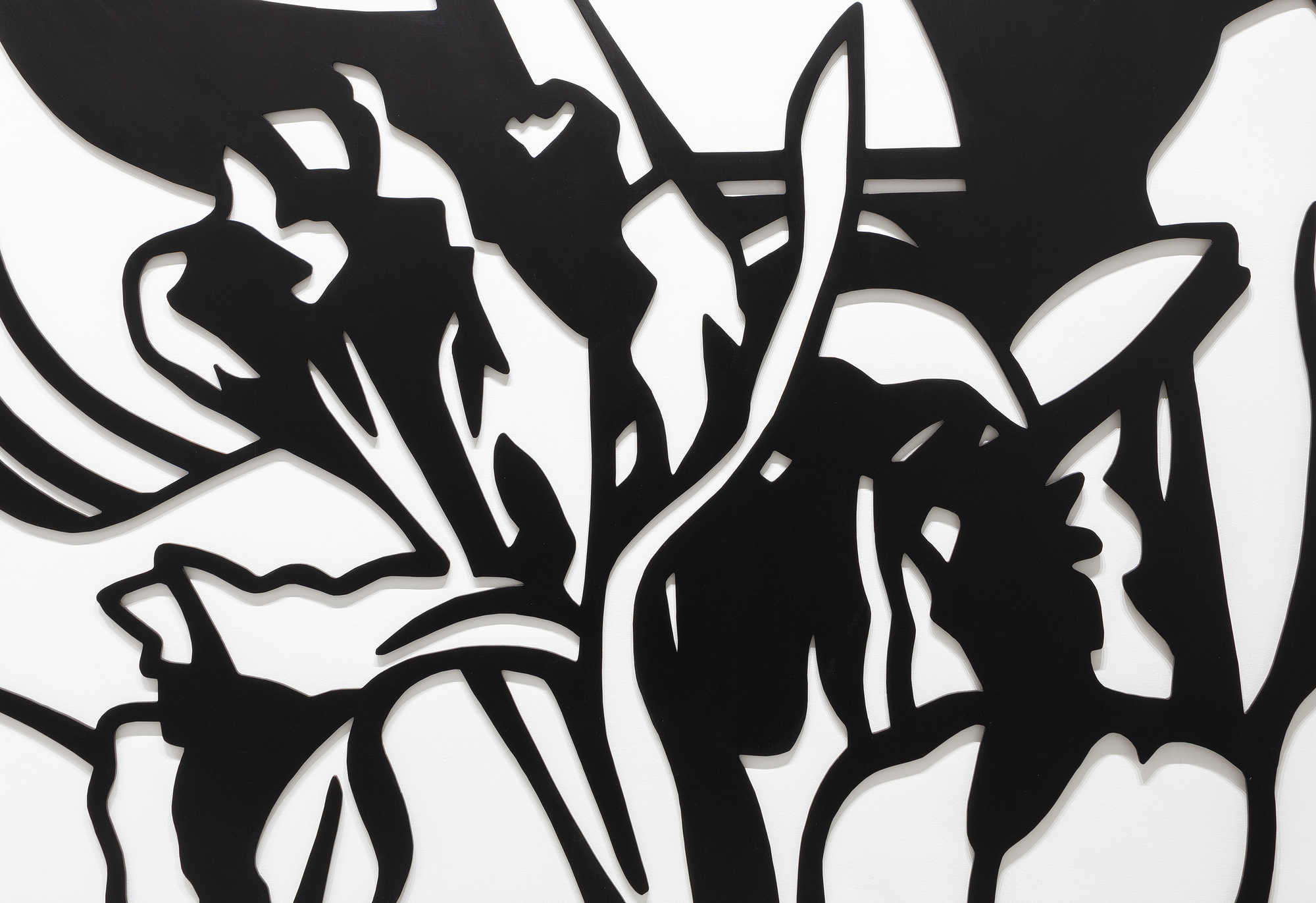
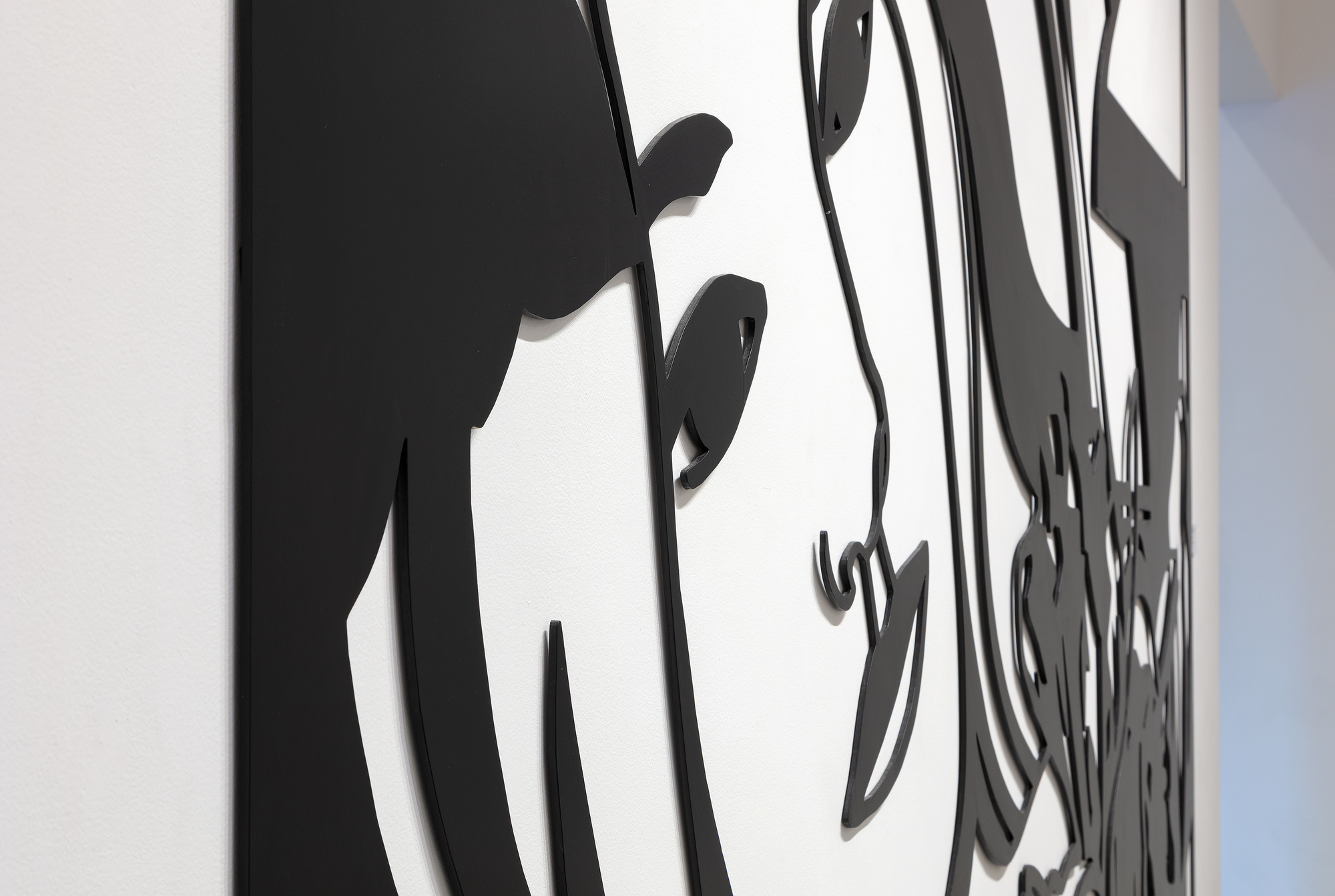
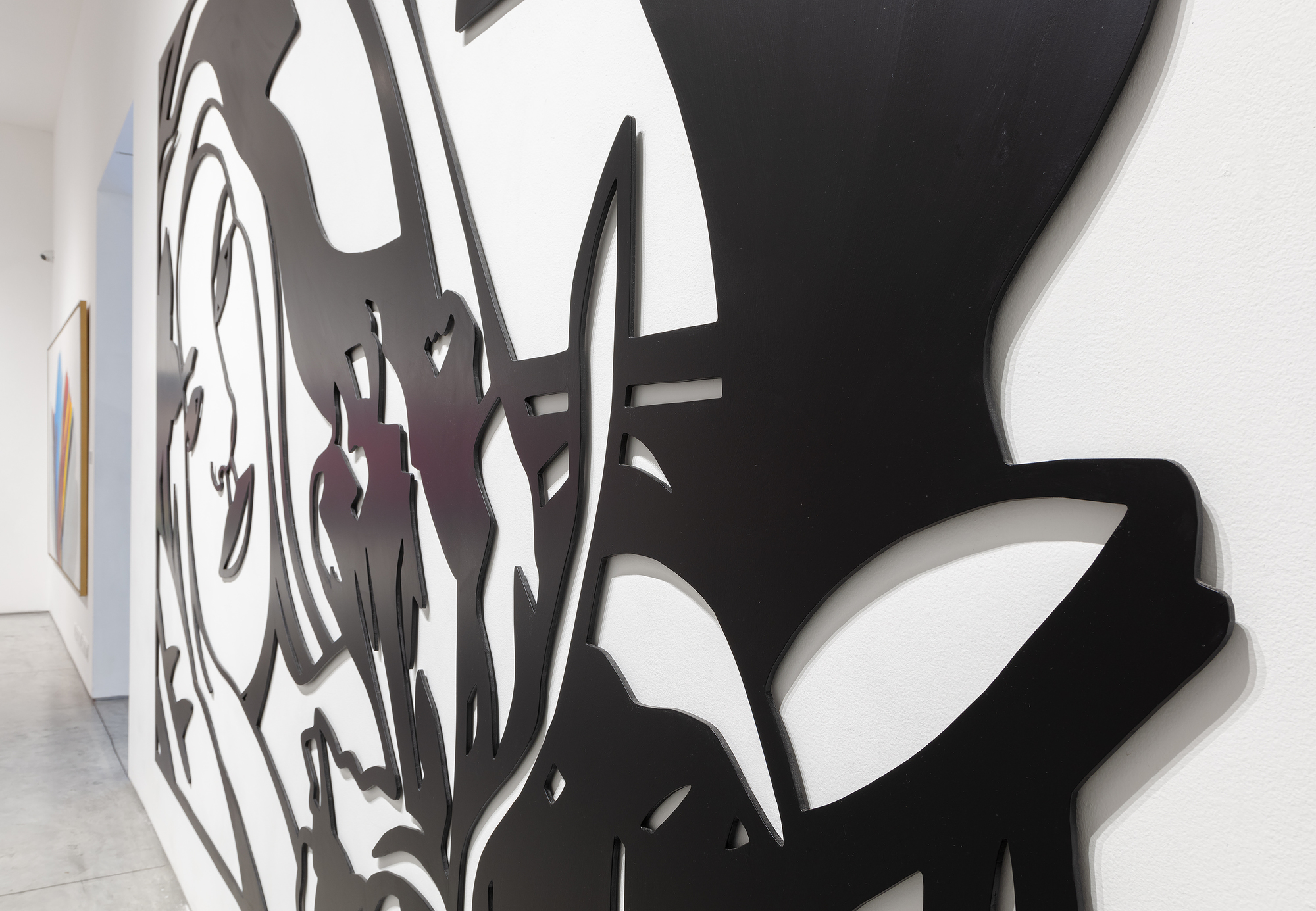
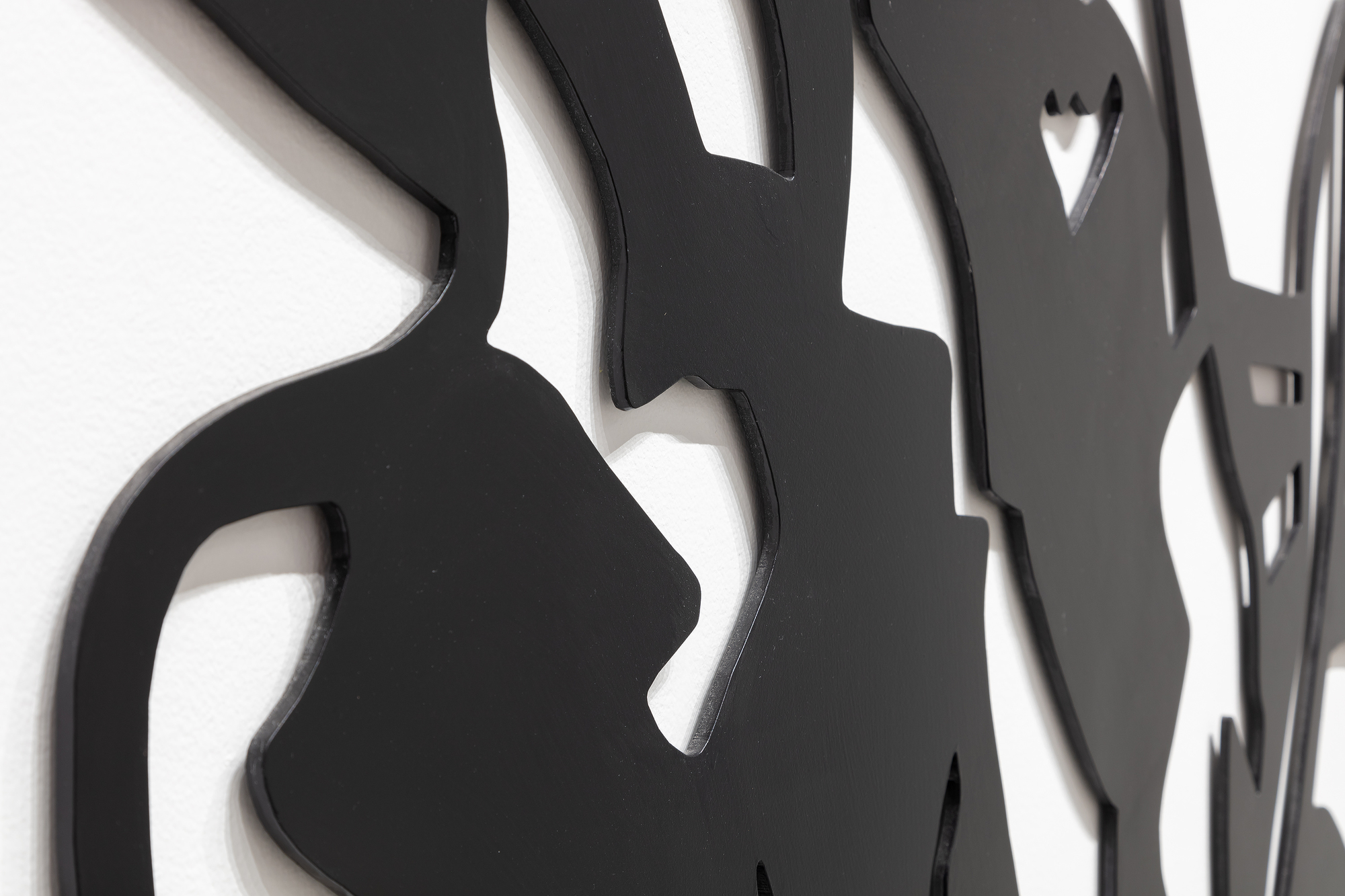
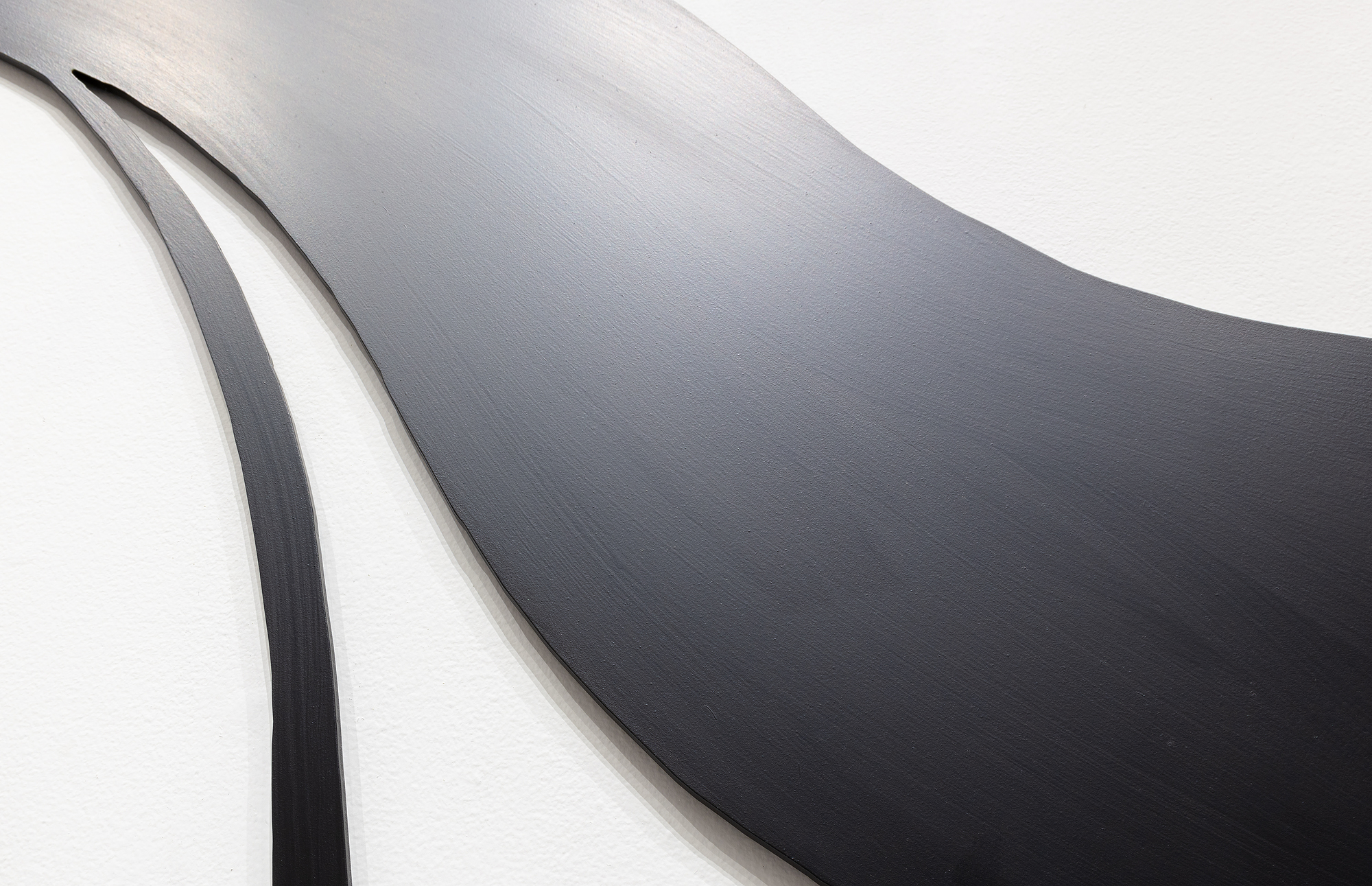
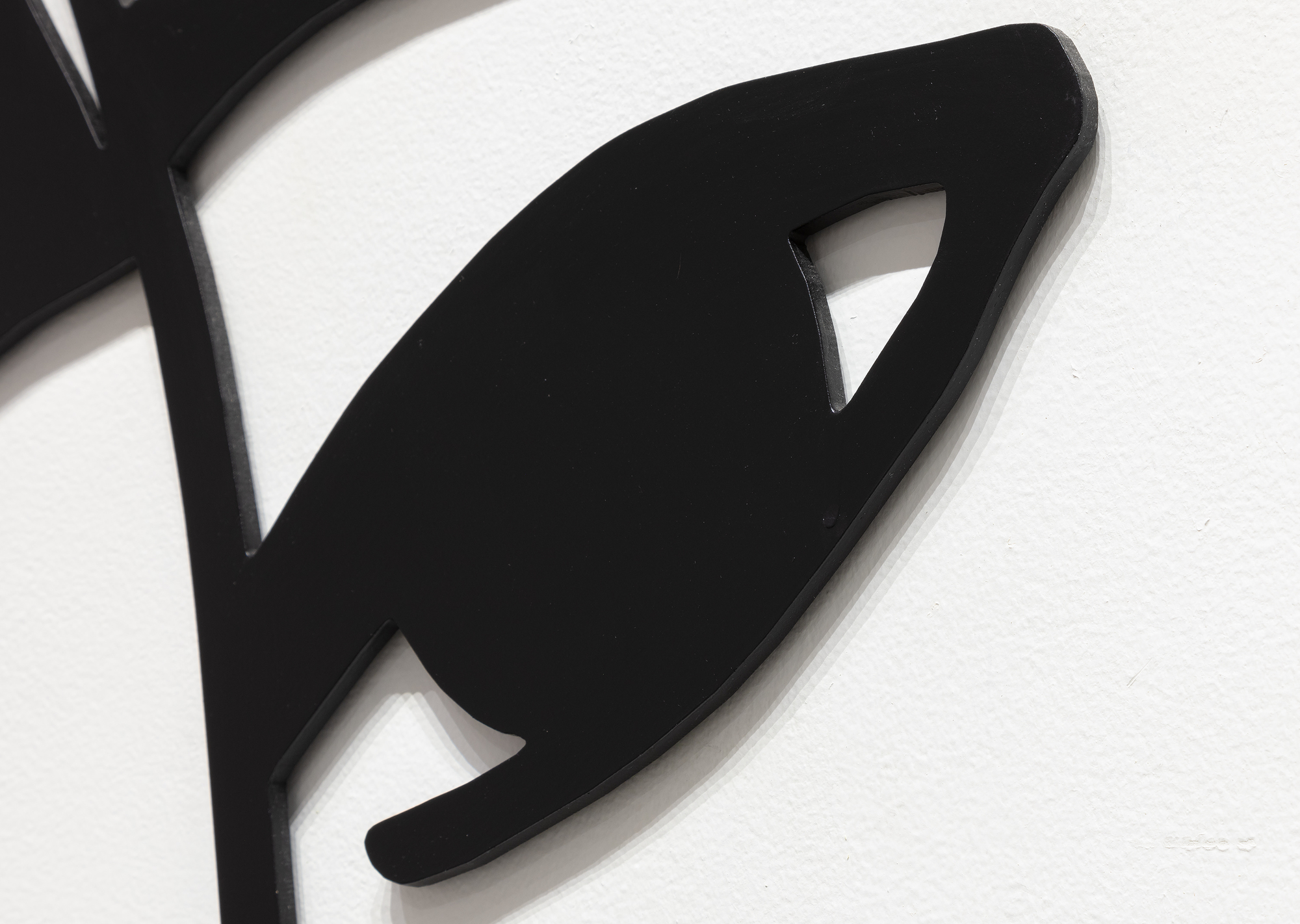
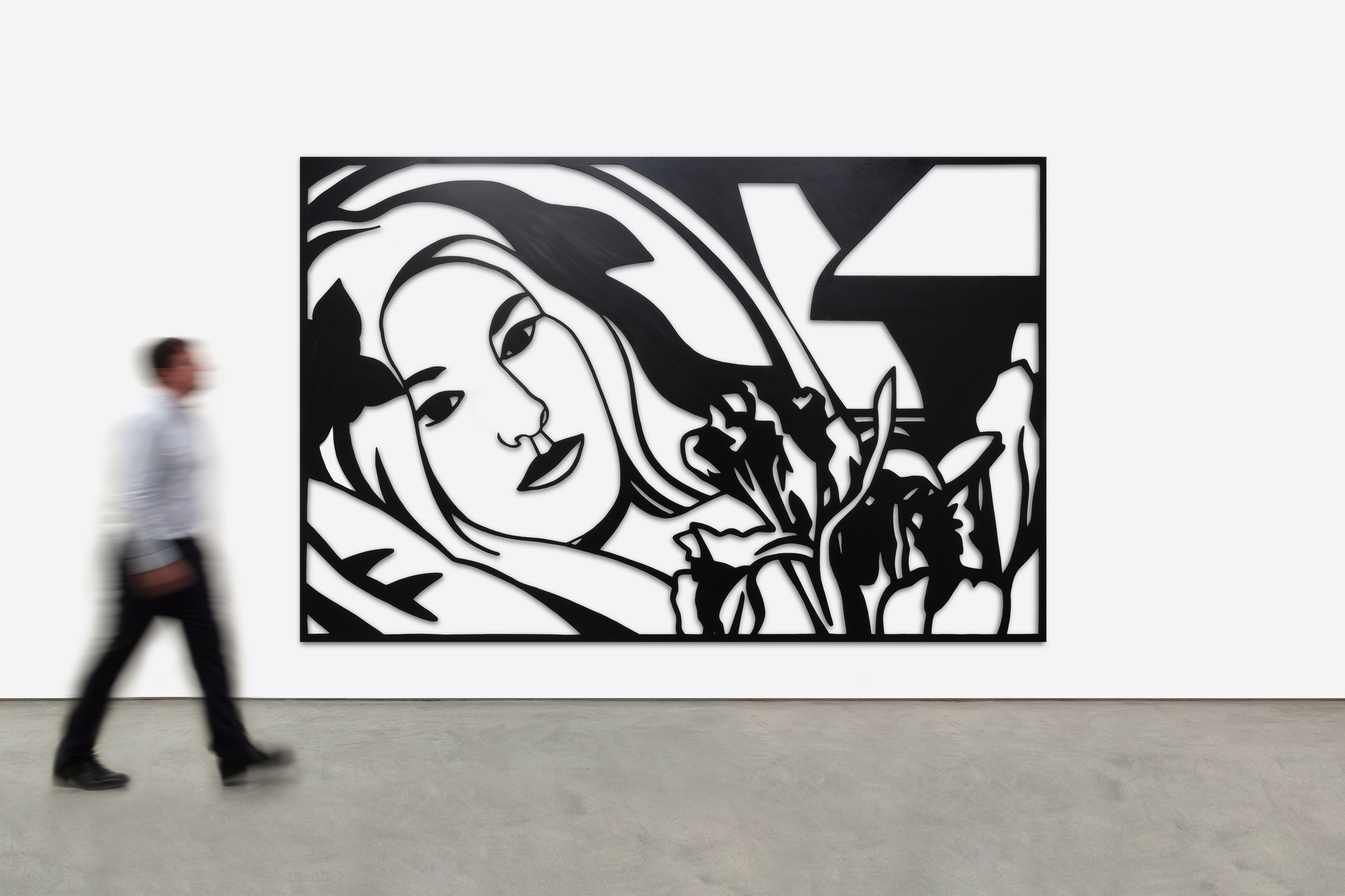
出所
ロバート・ミラー・ギャラリープライベートコレクション、ニューヨーク、2004年
展示会
Wesselmann, T., Aquin, S., Montreal Museum of Fine Arts.(2012).トム・ヴェッセルマンミュンヘンプレスティル
ニューヨーク、ロバート・ミラー・ギャラリー、「トム・ウェッセルマン:サンセット・ヌード」2006年3月9日-4月22日(カラー図版)
ローマ、ローマ現代美術館、トム・ヴェッセルマン、2005年6月8日-9月18日 (カラー写真 pp.174-75)
文学
John Wilmerding, Tom Wesselmann: His Voice and Vision (New York: Rizzoli International Publications, 2008), p. 253 (color ill. pp. 248-49, as "Bedroom Brunette w")....もっとその。。。アイリス入り、1988/04")...少ない。。。
歴史
トム・ヴェッセルマンといえば、エロティックなテーマとアメリカ国旗の色彩を結びつけたことで知られています。しかし、ウェッセルマンには製図家としての才能があり、最初は漫画家として、後にはマティスの熱烈な崇拝者として、線が彼の主要な関心事だったのである。また、ドローイングをレーザーカットしたスチール製の壁面レリーフにする手法を確立したことは、驚きだった。彼は、ドローイングのためのドローイングに集中するようになり、この新しいメディアが持ち上げられ、保持できることに魅了された。「繊細な線画を紙から取り出せるようなものです」。
スチール・ドローイングは、美術界に興奮と混乱の両方をもたらした。1985年にこの画期的な作品を入手したホイットニー美術館は、ウェッセルマンにドローイングと彫刻のどちらで目録に載せるべきかを問う手紙を出しました。この作品は大きな反響を呼び、エリック・フィッシュルが ヴェッセルマンのスタジオを訪れ、スチールカットの作品を初めて見たとき、嫉妬を覚えたという。やってみたいけど、やらない。トムがこの技術を完全に所有している」ことは明らかだった。
ウェッセルマンは、金属加工職人のアルフレッド・リッピンコットと1年にわたる共同作業を行い、その技術の多くを習得した。1984年、彼らはレーザーで鋼鉄を切断する方法を磨き上げ、スケッチの自発性を示すのに必要な精度を実現したのである。アルミニウムでは実現できなかった、ひとつひとつの形状を手作業で削り出すという結果に、ウェッセルマン氏は「私の人生で最高の年だった」と語っている。 「スチール製のドローイングを手にしたら、どんなに興奮することだろう。手に取って見ることができる。恍惚感に近いものがありました。でも、新しい作品には、私の心をつかむ何かがあったんです」。
もっとそのマーケットインサイト
- 1976年以来、ウェッセルマンの市場は年率5.6%で成長してきた。
- ベッドルームのブルネットと菖蒲」は、これまで発表された作品の中でも最大級の大きさです。
- 1988年に構想され、2004年に製作されたこの作品は、ヴェッセルマンが亡くなる直前の12月に製作された、彼の最後の大作となった。
- ウェッセルマンの女性像は、彼の作品の中でも最も好まれ、最も人気のある題材です
- この作品は、制作以来、同じプライベートコレクションに収められています。
オークションでの上位入賞実績
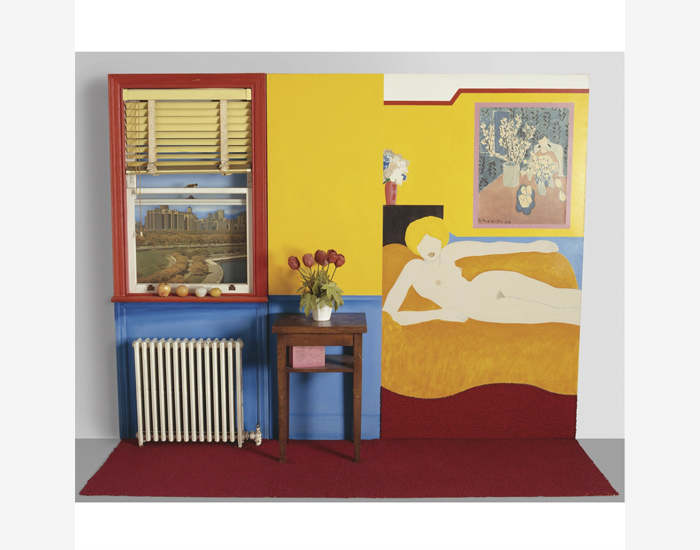
"グレート・アメリカン・ヌード no.48" (1963)が10,681,000ドルで落札された。
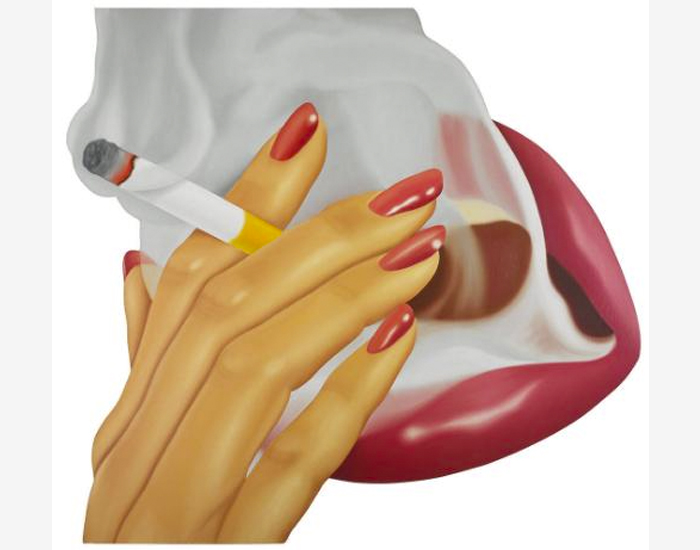
"Smoker #9"(1973年)は6,761,000ドルで落札されました。

"Smoker #17" (1973)は5,864,000ドルで落札されました。
オークションで落札された類似作品

"Still Life with Four Lizes" (1991) は2,070,000ドルで落札されました。
- 同等の媒体で、私たちの作品はこの2倍以上の大きさです
- 色彩はあるが、ヴェッセルマンの作品の中で象徴的な女性のイメージはない。
- 200万ドル以上で販売され、1平方インチあたり380ドルであるのに対し、Bedroom Brunette with Irisesは 1平方インチあたり115ドルと、全体の3分の1の価格である
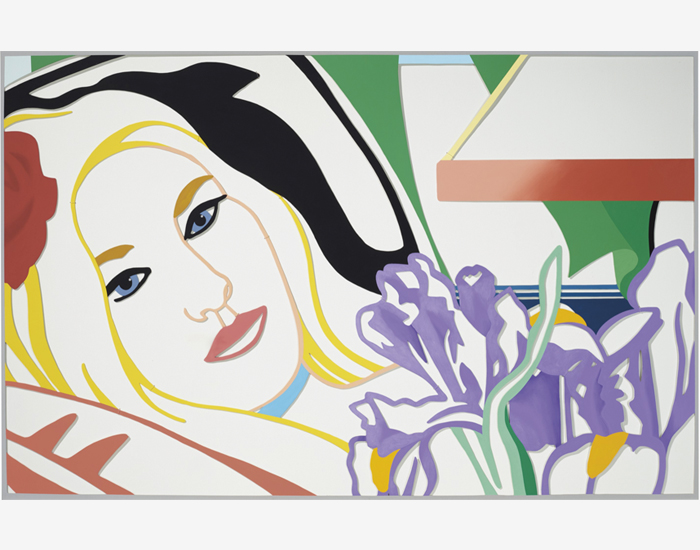
"Bedroom Blonde with Iris"(1987年)は399,000ドルで落札された。
- この作品は、私たちの作品の1/3の大きさで、同じイメージです。
- 2019年11月にハイエスティメイト18万ドルの2倍以上となる39万9000ドルで落札され、ウェッセルマン市場の強さが増していることが証明された

"リバースドローイング"。ベッドルームブロンド・ウィズ・アイリス」(1993年)が489,428ドルで落札された。
- 紙の上の作品であり、私たちの作品の半分の大きさですが、同等の題材です。
- 2020年2月に約50万円で落札された
ミュージアムコレクションの作品
ホイットニー美術館(ニューヨーク
スミソニアン・アメリカン・アート・ミュージアム(ワシントンD.C.)
シカゴ美術館
追加リソース
ポップアートを超えて
あなたの知らない最も有名なポップアーティスト
トム・ウェッセルマンのグレートアメリカンヌード#53
お 問い合わせ
こちらもご覧ください




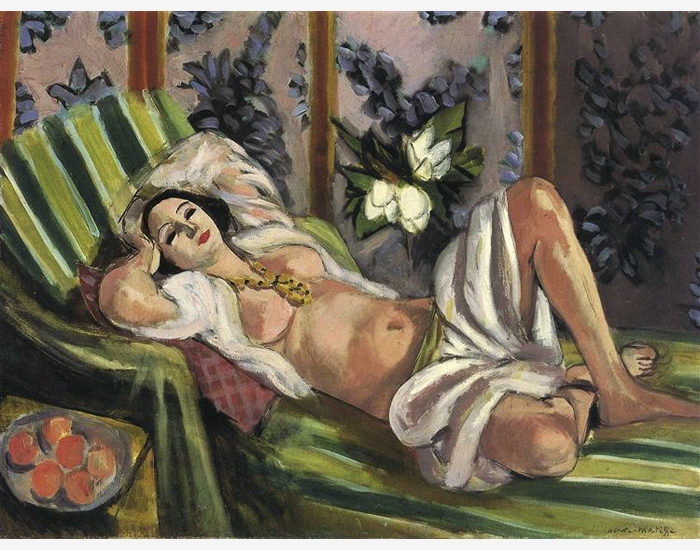








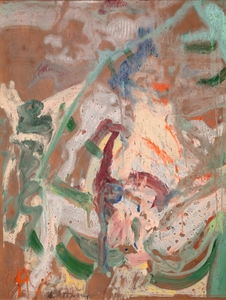
_tn28438.jpg )
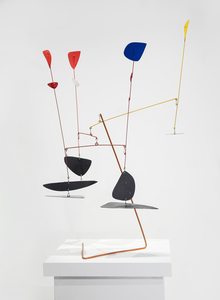
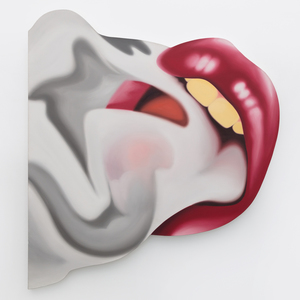
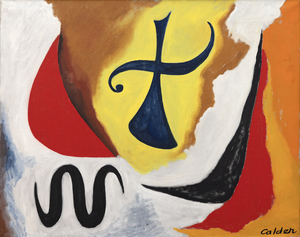


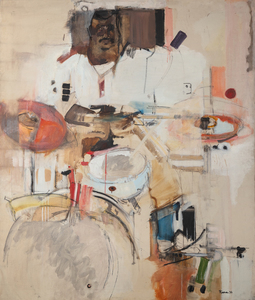
_tn27035.jpg )

_tn44121.jpg )
